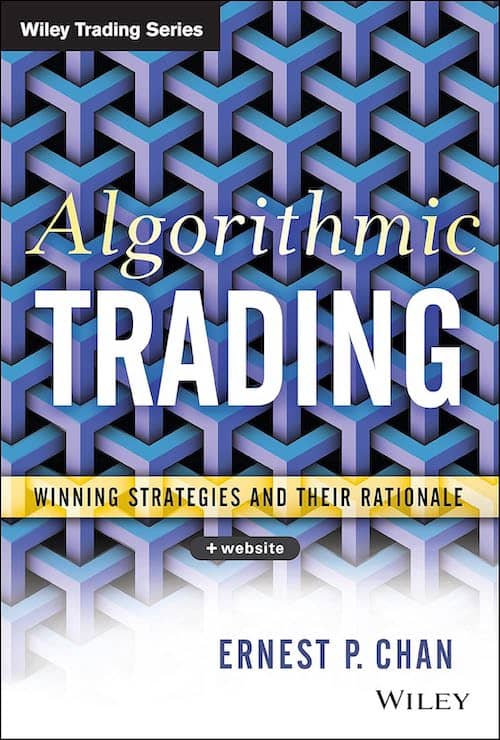Physical Address
304 North Cardinal St.
Dorchester Center, MA 02124
Physical Address
304 North Cardinal St.
Dorchester Center, MA 02124

If you’re venturing into the world of systematic trading, you’ve likely encountered an overwhelming flood of books promising to teach you how to “beat the market.” Most either fall into two traps: too theoretical or too shallow. But Algorithmic Trading: Winning Strategies and Their Rationale by Ernest P. Chan hits a rare sweet spot: it’s practical, intelligent, and grounded in real-world quantitative experience.
Whether you’re building your first trading model or refining a multi-factor strategy at scale, this book offers a well-balanced introduction to strategy design, backtesting, and risk control. In this review, we’ll dive into what makes Ernie Chan’s book so valuable, who it’s best for, and why it continues to be one of the most widely recommended resources in the quant community.
Unlike many dense quant texts, this book assumes a basic knowledge of programming (especially in Python or MATLAB) and finance, but it doesn’t require a PhD in statistics. Chan distills key ideas in quantitative trading into digestible chapters, each centered around a real-world strategy or technique.
Here are just a few key concepts and insights from the book that traders frequently implement:
The code examples (provided in both MATLAB and Python) are readable and instructive. They’re not plug-and-play for production, but they’re close enough to serve as templates for serious model development.
One of the most useful aspects of the book is its intellectual honesty. Chan does not present silver bullets. Instead, he acknowledges the fragility of many strategies and the importance of robust backtesting, data integrity, and execution concerns. He frequently reminds the reader that survivorship bias and slippage can turn a seemingly profitable strategy into a losing one.
Unlike books that obsess over deep theory or only offer toy examples, Algorithmic Trading serves as a practical manual for how to actually build, evaluate, and manage real-world trading systems.
This book is particularly valuable for:
It serves as a bridge between beginner tutorials and heavier academic texts like Quantitative Trading Strategies or Machine Learning for Asset Managers.
While the book is filled with actionable insights, it’s worth noting:
That said, none of these are deal-breakers, and they’re far outweighed by the book’s usefulness.
If you’re serious about algorithmic trading, this book should be on your shelf—or open on your desk.
Click here to purchase Algorithmic Trading: Winning Strategies and Their Rationale on Amazon
Available in hardcover and Kindle editions. (Affiliate link)
Affiliate Disclosure: Some links on this page are affiliate links. If you choose to make a purchase, I may earn a commission at no cost to you. It helps support this blog and allows me to keep publishing deep-dive content on algorithmic trading and quantitative finance.